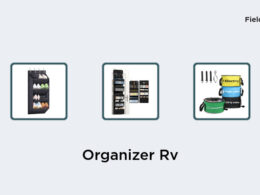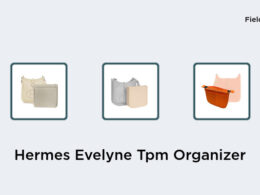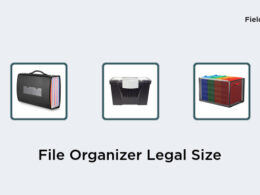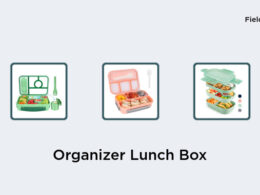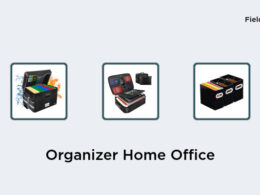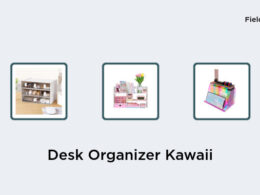Maintaining a clean and organized library is crucial to ensuring a welcoming and safe space for users and staff alike. From sorting books on the shelves to properly handling research materials, good library housekeeping habits help ensure the longevity and accessibility of the library’s materials and spaces. Some good library housekeeping habits include:
Sorting books regularly: Keeping books in their proper place on the shelves not only makes them easy to find but also protects them from damage. Regularly sorting and rearranging books helps ensure they remain organized and accessible.
Proactive cleaning: It’s important to stay on top of cleaning tasks, such as dusting shelves, wiping down surfaces, and vacuuming floors, to maintain a clean and inviting atmosphere.
Proper storage for research materials: Archival materials and special collections require specialized care and storage methods to prevent damage, such as using acid-free folders, storing them in dark and cool environments, and wearing gloves when handling delicate items. Proper training should be provided to staff and users on how to handle these materials correctly.
Minimizing clutter: Clutter can pose physical and safety hazards, as well as create a distraction from the library’s purpose. Encouraging users to put away belongings and keeping public spaces uncluttered and easy to navigate can help ensure a safe and organized environment.
By implementing and promoting good library housekeeping habits, libraries can create a welcoming and organized environment that encourages users to engage with the materials and services offered.
What are Good Library Housekeeping Habits? Tips for a Clean and Organized Space








